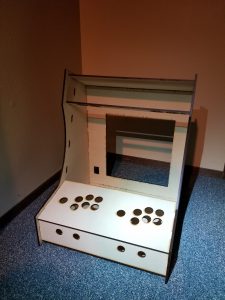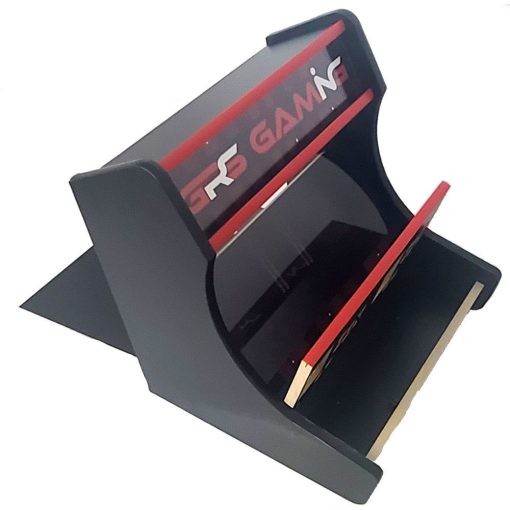
ElectroRing’s active electrical sensing approach provides a step-function-like change in the raw signal, for both touch and release events, which can be easily detected using only basic signal processing techniques. ElectroRing addresses a common problem in ubiquitous touch interfaces, where subtle touch gestures with little movement or force are not detected by a wearable camera or IMU. We present ElectroRing, a wearable ring-based input device that reliably detects both onset and release of a subtle finger pinch, and more generally, contact of the fingertip with the user’s skin. ElectroRing: Subtle Pinch and Touch Detection with a Ring The results of our user studies validate the feasibility of PanoTrack and demonstrate that Auth+Track not only improves the authentication efficiency but also enhances user experiences with better usability.


Based on the captured video stream, we develop an algorithm to extract 1) features for user tracking, including body keypoints and their temporal and spatial association, near field hand status, and 2) features for user identity assignment.
BARTOP ARCADE CABINET PLANS ELDON INSTALL
We install a fisheye camera on the top of the phone to achieve a panoramic vision that can capture both user’s body and on-screen hands. To instantiate the Auth+Track model, we present PanoTrack, a prototype that integrates body and near field hand information for user tracking.
BARTOP ARCADE CABINET PLANS ELDON FREE
By sparse authentication and continuous tracking of the user’s status, Auth+Track eliminates the “gap” authentication between fragmented sessions and enables “Authentication Free when User is Around”. We propose Auth+Track, a novel authentication model that aims to reduce redundant authentication in everyday smartphone usage. Auth+Track: Enabling Authentication Free Interaction on Smartphone by Continuous User Tracking We then test this model with LipType and other speech and silent speech recognizers to demonstrate its effectiveness. We then develop an independent repair model that processes video input for poor lighting conditions, when applicable, and corrects potential errors in output for increased accuracy. To address these, first, we develop LipType, an optimized version of LipNet for improved speed and accuracy.

Developing new recognizers and acquiring new datasets is impractical for many since it requires enormous amount of time, effort, and other resources. Lip reading can mitigate many of these challenges but the existing silent speech recognizers for lip reading are error prone. Speech recognition is unreliable in noisy places, compromises privacy and security when around strangers, and inaccessible to people with speech disorders.


 0 kommentar(er)
0 kommentar(er)
